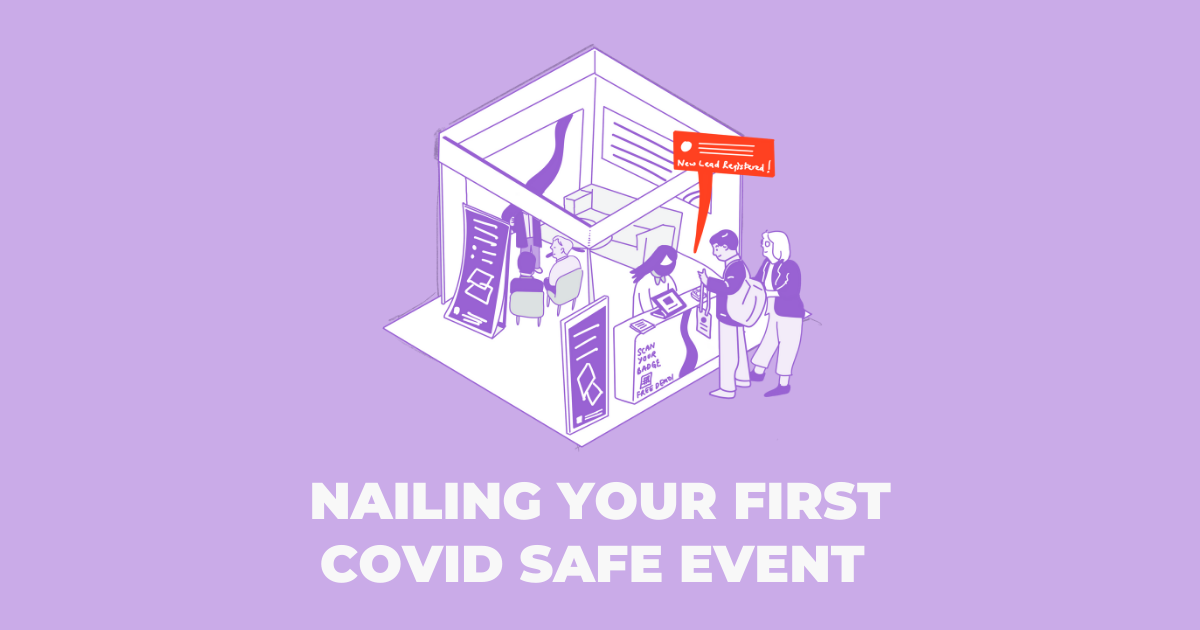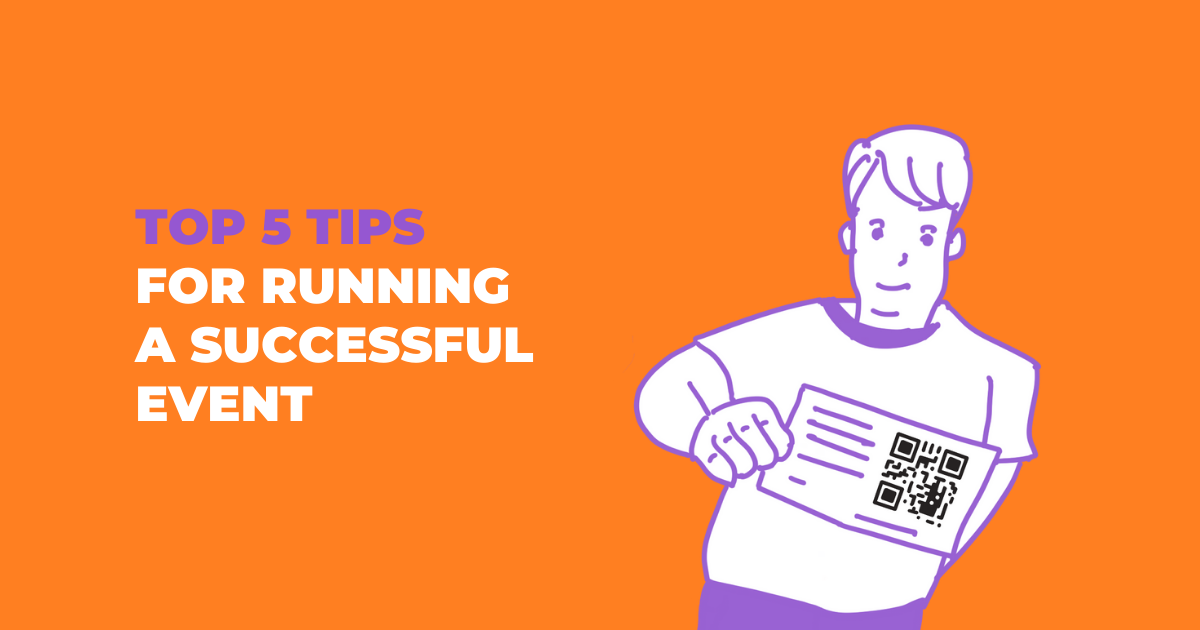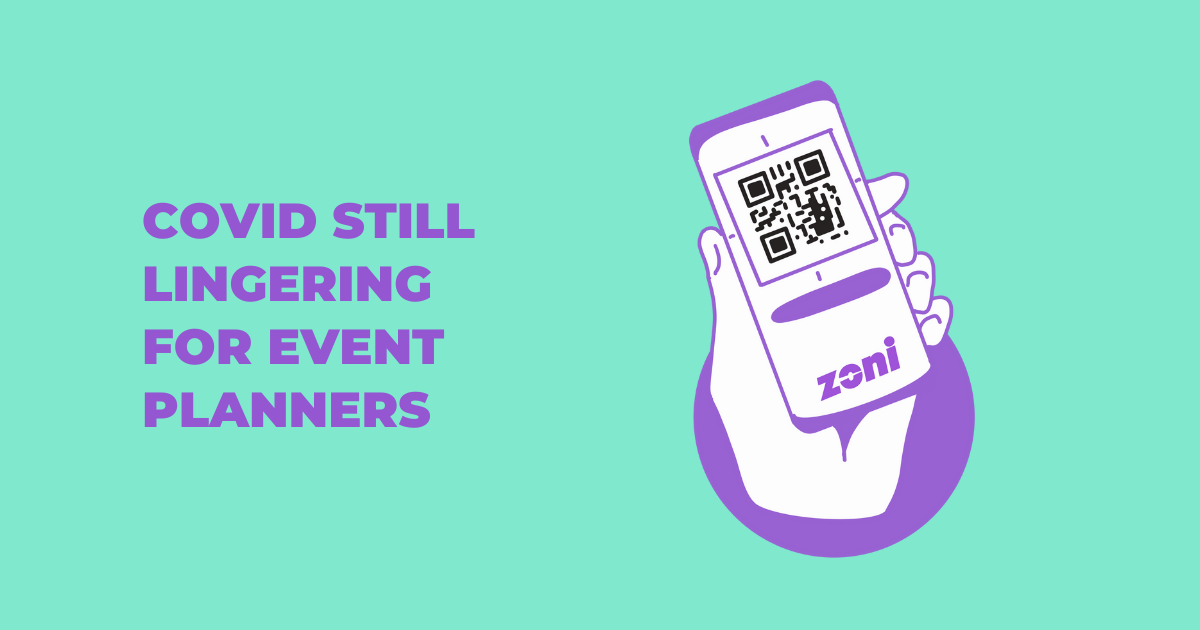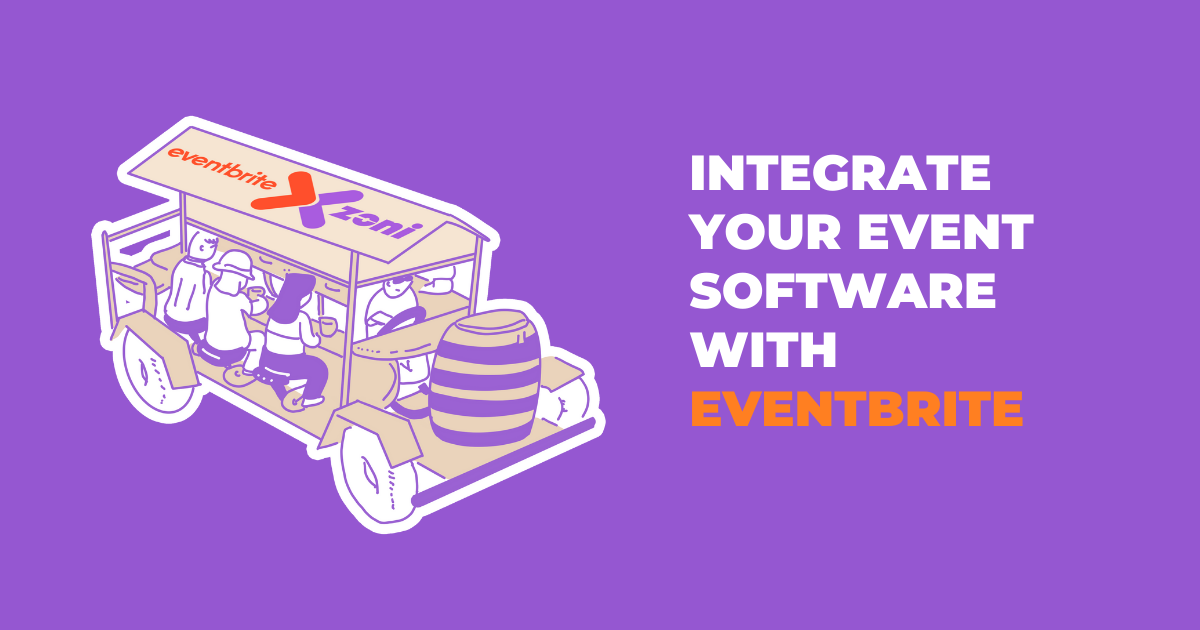As society comes out of the other side of the COVID pandemic, event planners should be running events with a COVID safe mindset. This includes continuing to conduct industry best practices with COVID risk management and mitigation.
Mitigation of risks
Event planners and managers should commit a large amount of planning and resource allocation to the COVID mitigation of risks associated with hosting events. There is a moral responsibility and sometimes legal responsibility of the event planners to exhaust all attempts to execute sufficient health and safety measures.
Mitigation of COVID transmission includes:
Taking reasonable steps towards:
- Protecting your event employees
- Protecting your event exhibitors
- Protecting your patrons/ general public attending your event.
Event planners should:
- Identify what work activity or situations might cause transmission of the virus
- Identify who could be at risk
- Decide how likely it is that someone could be exposed
- Determine the realistic consequences of the exposure
- Act to remove the activity or situation, or if this isn’t possible, control (mitigate) the risk.
Food and beverage at events
The main priority is to reduce the risk of the virus surfacing in areas where food is being stored, prepared, served and consumed. Food and beverage staff should adopt physical distancing, good personal hygiene with frequent hand washing, and the application of general food hygiene measures.
These precautions help slow the spread of coronavirus by reducing contact between potentially infected individuals and healthy individuals. Frequent hand washing with soap and water, as well as the use of hand sanitisers are also important in reducing the risk of transmission. All food and beverage businesses should follow these guidelines from the WHO.
Physical distancing and density limits
Most jurisdictions have relaxed physical distancing rules and density limits, though people are still wary of community transmission of COVID. When booking a venue consider if the venue has both indoor and outdoor areas for exhibitors and attendees to space themselves out during the event. Indoor areas also allow for accommodating less than ideal weather conditions as well.
Venue- Indoor vs outdoor
Indoor venues should consider the potential risks that can be associated with large crowds of people who are in close proximity to one another. These risks are even greater if there is reduced ventilation indoors. It is recommended that an indoor event venue mitigate such risks by:
- Staging whole or parts of the event outdoors
- Opening windows and doors to allow for natural ventilation
- Capping patron numbers indoors; implementing measures outlined in crowding and close proximity
- Encouraging mask use should patrons not be able to physically distance themselves from positive individuals
- Ensuring the ventilation system is operating in accordance with its design.
Using technology to assist with event planning and running
Zoni is an event management check-in software solution, designed to make your events smarter, safer and better organised. Zoni provides a robust solution for visitor and attendee registration, including access control or badge printing capabilities. The system is highly customisable and adaptable to the needs of different organisations.
Our software is ideal for people who manage large events, such as conferences, trade shows, and exhibitions. We provide complete check-in functionality including barcode scanning and RFID, enabling your event to run smoothly and effectively while providing a level of control you have never experienced before.
Offering partial attendance to your event as a hybrid option
Whilst this article has focussed on presenting COVID Safe in person events such as trade shows or symposiums, offering smaller sections of your event within a hybrid option should be considered. There are myriad reasons why companies might not send employees to in person events or individuals actively choosing not to attend an event, but actively allowing these people to participate in some form is an important customer access point.
Integrating third party streaming software into keynote presentations is a perfect way for attendees to attend virtually. However, keeping breakout discussions or intimate networking breakfasts for attendees only allows for in person attendance to be the more marketable unique selling point when selling event tickets.
For more Zoni Blogs, check them here.






